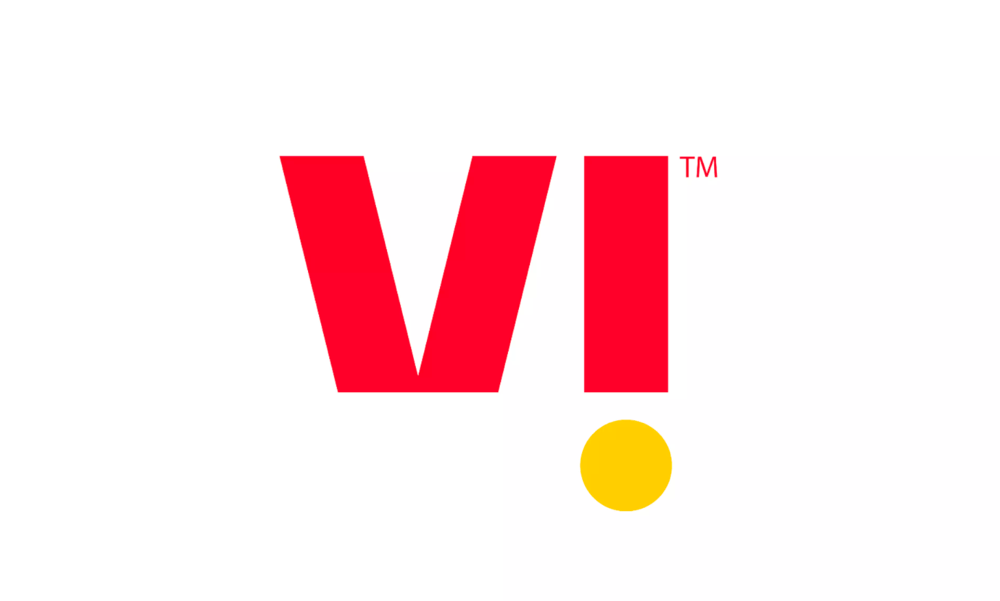Uber Expands Autonomous Ride Service With Waymo in Atlanta: Strategic Integration Gains Momentum
Uber Technologies Inc. $UBER shares rose 2.75% in pre-market trading on Tuesday following the company’s announcement of an expanded partnership with Waymo, Alphabet's autonomous driving unit. The stock movement reflects market optimism surrounding Uber’s efforts to integrate autonomous technology into its core ride-hailing business, signaling progress in reducing labor costs and enhancing scalability over time.
New Market Launch: Autonomous Operations Arrive in Atlanta
The autonomous ride service is now available to users in Atlanta, marking the second major U.S. metro area, after Austin, Texas, to host Uber-Waymo operations. Passengers using the UberX, Comfort, or Comfort Electric options may be matched with Waymo’s fully autonomous Jaguar I-PACE EVs. The rides will be priced identically to human-driven options, with users able to accept or switch from the autonomous match in-app.
At launch, the service will cover a 65-square-mile area, stretching from Downtown Atlanta to neighborhoods including Buckhead and Capitol View. Uber users can increase the likelihood of receiving a Waymo vehicle by selecting the option in the “Ride Preferences” section of the app.

Strategic Implications: Long-Term Vision, Short-Term Experiment
Uber’s push into autonomous mobility reflects a broader strategy to reduce its reliance on human drivers while improving the economics of ride-hailing. The expansion in Atlanta suggests growing confidence in both the technical maturity of Waymo’s driverless systems and in consumer readiness for autonomous transport. Despite limited operational scale for now, the integration of fully autonomous vehicles into Uber’s ecosystem provides several strategic benefits:
Operational cost reduction potential in the long term;
Improved asset utilization in high-demand urban zones;
Brand positioning as a leader in next-gen mobility;
Platform stickiness, via technology differentiation;
Data-driven optimization of vehicle deployment and route efficiency.
Competitive and Regulatory Landscape: Controlled Expansion Strategy
The decision to expand gradually through select markets like Austin and Atlanta illustrates a measured go-to-market approach, likely influenced by regulatory hurdles, insurance frameworks, and city-level acceptance. Unlike other companies that have pursued in-house autonomous systems and faced costly setbacks, Uber’s partnership model with Waymo allows it to scale with reduced R&D exposure. While Tesla $TSLA and Cruise $GM pursue full-stack autonomy, Uber's integration with Waymo's already-approved platform could give it a first-mover advantage in reliable, commercially viable driverless deployment, if customer adoption and uptime prove sustainable.

Outlook: Testing Demand, Data, and Deployment Economics
Though the near-term financial impact is limited, Uber’s expansion of autonomous operations supports its broader transition toward automated fleet integration, especially in U.S. urban corridors. Consumer adoption rates, safety metrics, and repeat usage will serve as crucial indicators of success. Scaling autonomous operations remains capital-intensive and dependent on infrastructure, regulatory approvals, and technical reliability. However, by embedding these vehicles into its platform gradually and selectively, Uber is positioning itself to shift from pilot phase to meaningful operational contribution without overextending capital or consumer trust.















Comments
Looks like Uber is gearing up for an exciting ride into the autonomous future!
Exciting times ahead for Uber as it embraces the future with autonomous technology!